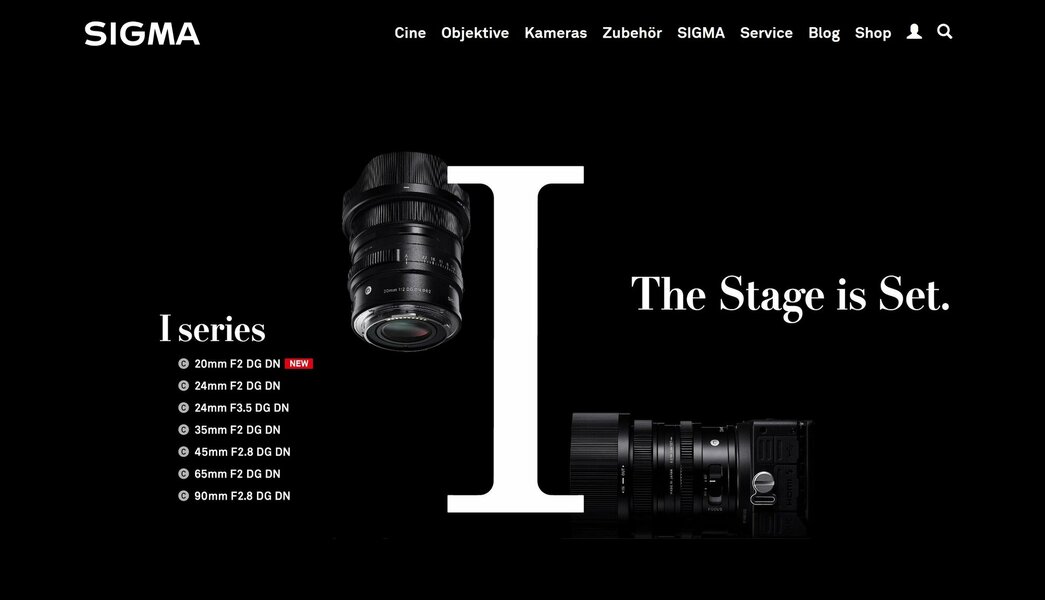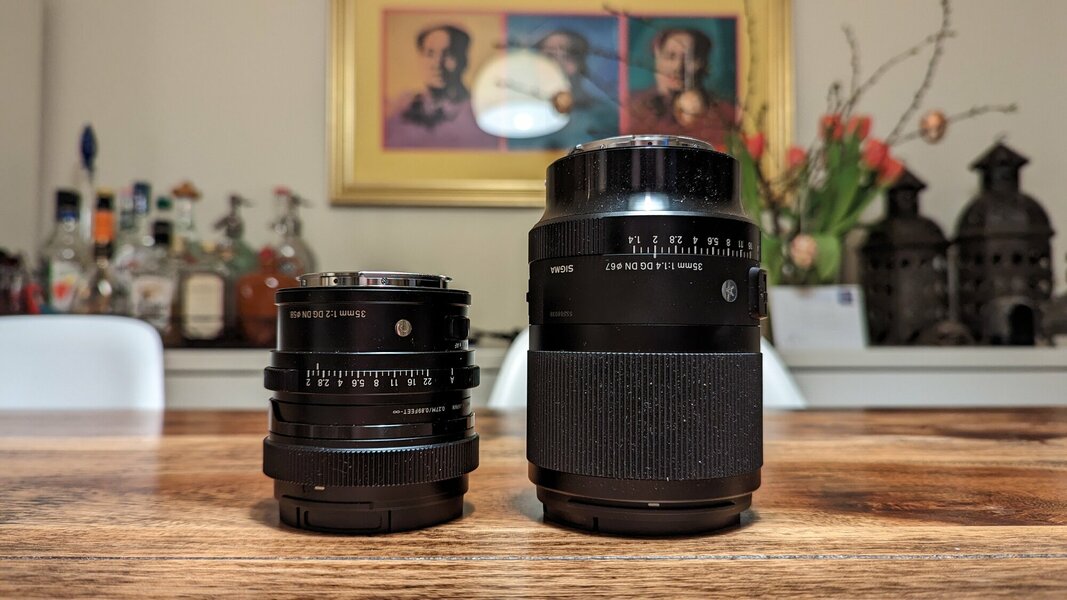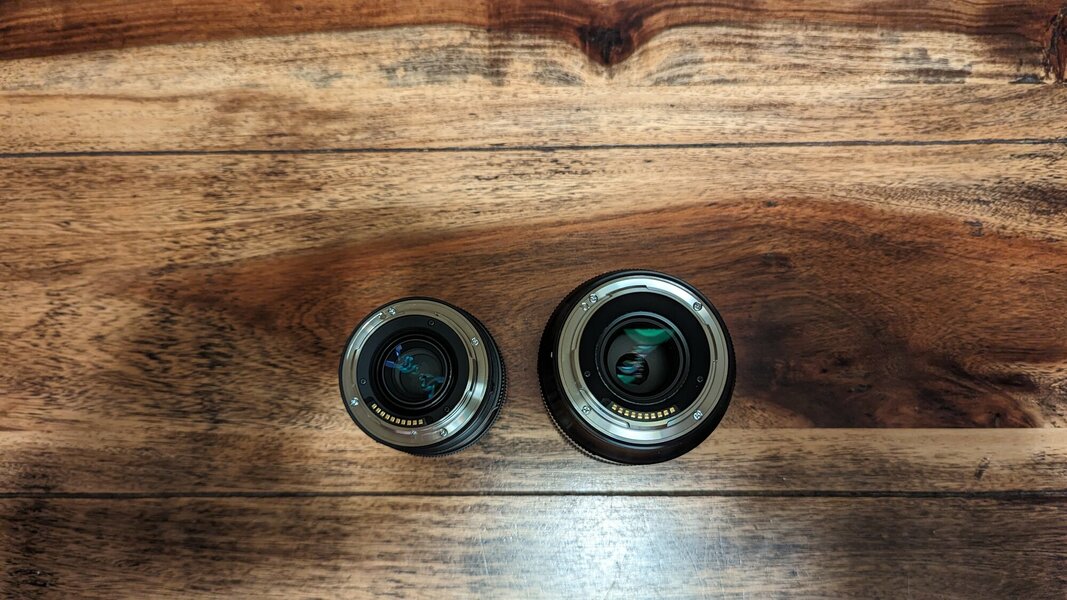I just add her my 2 cents. I did not do any scientific tests and a lot is influenced by personal preferences.
The design goal of the Panasonic Lumix F1.8 lens line was obviously a different one than for the Sigma DG DN line, especially the Sigma I-series within the DG DN line.
In my view, the main target group of the Lumix F1.8 line is videographers. All F1.8 lenses have the same size, filtersize and weight. So it is very easy to use them on a Gimbal without the need to adjust something. This is really a huge selling point as someone told me, who is doing a lot of videos. Also they seem to have almost no focus breathing during videos.
I have used the Lumix 85/1.8 and Lumix 50/1.8 only for still photography I find them both optically excellent and AF also with DFD AF of the S5 very fast and accurate. But since I am a nerd regarding size and weight of photo equipment, I always look for ways to have it even smaller and lighter.
So I was very excited when Sigma launched their i-series. Not all Sigma DG DN lenses are part of the i-series.
The lens design goal of the i-series is in my view small, compact, light, metal, aperture ring, relativel cheap compared to its image quality and very good to excellent image quality output, also with the help of firmware (all brands are doing this nowadays).
So the i-series is not only corrected optically, but also optimized to achieve results with software, which were not possible 10 years ago. I do not care. For me the results counts. If I like the image quality I do not care how they achieved it.

The Sigma Art series has a different design goal.
What I heard in different YouTube reviews is that with FL of 35mm and wider, the Sigma lenses shall be better, and with the 50 and 85 they are on par.
I am not a pixelpeeper. I find almost all Sigma DG DN lenses which I have excellent. Maybe the 45/2.8 the least among those and the 65/2.0 the best. But the Sigma 65/2.0 is a heavy beast for 65mm.
Optically I am indifferent between Lumix 85/1.8 and i.e. Sigma 90/2.8. But the Sigma is easier to pack in my Billingham Hadley Small shoulder bag. These are the criterias which decide very often how much I use a lens. Size, compactness, weight.
I also love the "old style "aperture ring on the Sigma lenses and the metal. I feel at home. Like in the 80ies with Contax, Leica, Nikon FM2 and F3HP. These good old times...

Hope that helps a little bit.






